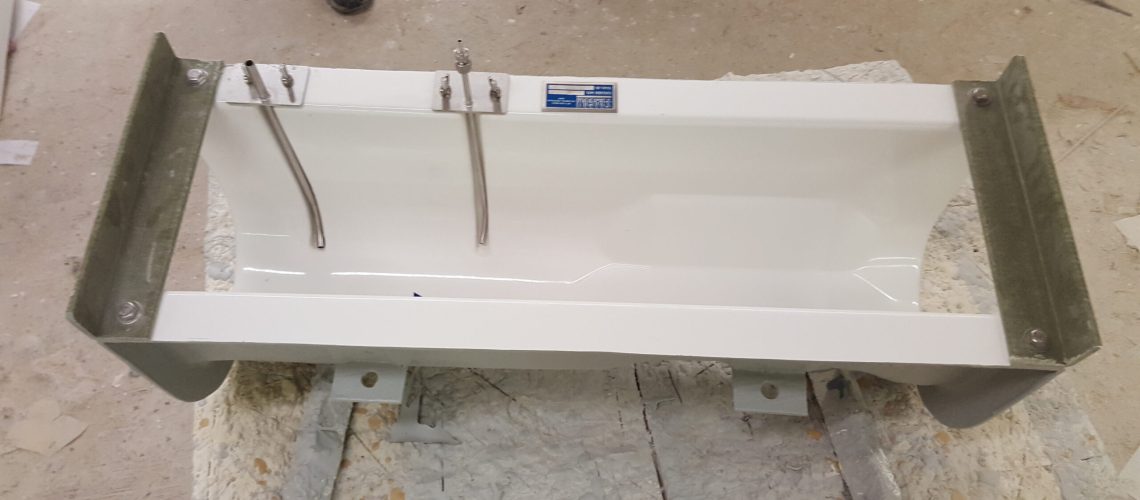Palmer-Bowlus flumes have a lot to offer for a variety of flow channels if you’re looking for accurate measurements you can count on, but there are some factors to keep in mind to ensure that you’re getting accurate results. Take a look at the common problems in Palmer-Bowlus flumes, and discover what you should avoid when taking advantage of everything they can offer.
Poor Approach Conditions
Proper approach conditions are essential for every flume, and the Palmer-Bowlus is no exception. The approaching flow needs to have uniform velocity distributions in order to be measured properly. If it’s not uniform, your readings won’t be accurate. Plus, you may have surface turbulence that makes it difficult to take accurate measurements with the device. Roughness upstream is a common cause of poor approach conditions, so you’ll have to account for that during installation, or implement buffers to calm the flow.
Debris Deposits
If you’re dealing with sanitary flows, debris deposits can be a serious problem. When debris deposits in the flume’s inlet, it can change the internal dimensions of the flume. These dimensions, however, are the only reason the measurement equations work in the first place, so when they’re not coming out to what they need to be, all your readings will misrepresent the actual flow rate. The best way to avoid this is to regularly clean the flume to avoid any deposits.
High Froude Number
The Froude number is a number that measures the criticality of a flow. Flumes function by turning a subcritical flow into a supercritical flow as the water is accelerated through the flume. For that transition to happen, the approach flow must be subcritical, which means a Froude number less than 1. With Palmer-Bowlus flumes, excessively energetic flows can still cause problems even if they’re technically subcritical. You’ll want to avoid flows with a Froude number greater than 0.6 because higher than that will create standing waves that make measurement difficult.
Poor Slope
The slope of your flume can cause major problems with measurements. If you have a downward slope, for example, you’ll find that the discharge measurement is off significantly when compared with a level flume. It may be possible to calibrate it, but this can be difficult. Similarly, upward slopes in which the inlet is lower than the outlet cause problems, but they can be corrected in most cases if you set the zero reference point at the throat ramp’s upper edge.
Palmer-Bowlus Flumes From Tracom
With the common problems with Palmer-Bowlus flumes in mind, you’re ready to get one of your own. At Tracom, our team is happy to work with you to make sure you get the flume you need while avoiding the common errors that many people deal with. Our team will even help you design a custom flume if necessary to make sure your flow channel device offers the measurements you need. Contact us today to get started on your next flume!



